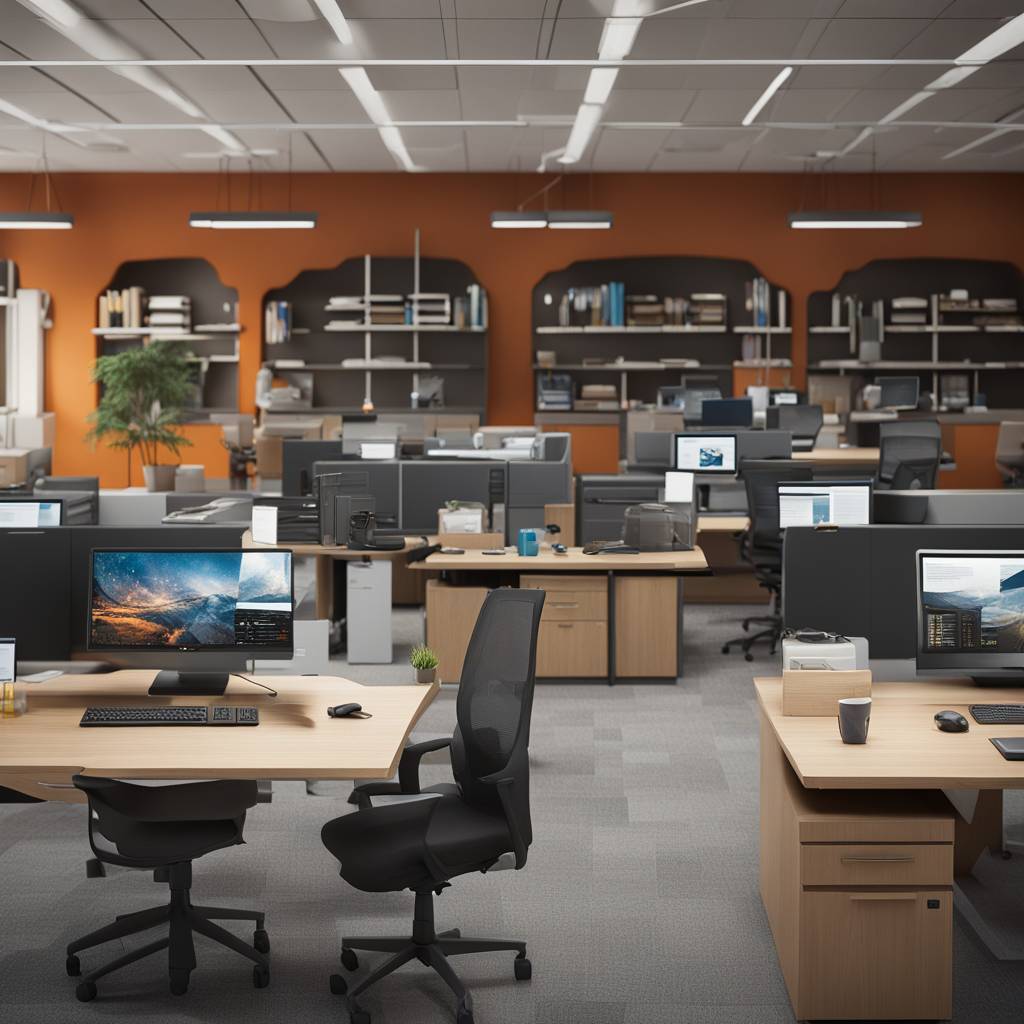The concept of spacial computing is rapidly moving from consumer entertainment into the realm of serious workplace productivity. This technology aims to provide individuals with a dynamic and infinitely sized personal workspace that adjusts to their needs in real-time, allowing them to quickly assemble and understand the information required for their tasks. Fred Samson, vice president and general manager of SAP-Apple Partnership at SAP, explains that traditional physical tools like desks and computers limit workers by the size of the screen or workstation surface, while spacial computing offers an infinite canvas that can be shaped and reshaped based on the user’s needs throughout the day.
Unlike previous clunky AR/VR headsets, spacial computing allows workers to create their workspace using voice, eye, and hand movements, providing the flexibility they need to switch between tasks and interact with colleagues seamlessly. By personalizing the workspace, individuals can concentrate on specific tasks or expand their environment to gather large amounts of data and collaborate with experts. This virtual workspace eliminates the need for constant clicking to open, close, rearrange, and revisit screens and documents, ultimately increasing efficiency and productivity whether working in the office or remotely.
Enterprise-grade immersive computing is revolutionizing how people work by offering fully virtual representations of tasks such as advanced analytics, planning, forecasting, supply chain management, and finance. Immersive learning experiences, such as realistic simulations, allow workers to acquire new skills through digital twins that provide more realistic experiences for faster learning and retention. This technology presents new opportunities for developers, users, and partners in the high technology industry, as enterprise application development shifts towards a more game-like approach.
Visionaries are preparing for the next workplace era, where spacial computing will have far-reaching implications for how people work and interact within organizations. Features such as onboarding new hires, visualizing warehouse space for shipments, and analyzing real-time data for precise problem-solving can revolutionize business processes. While spacial computing won’t replace every physical device in the workspace, it will enhance information retrieval and collaboration through generative AI. Leaders must anticipate how this technology could transform company culture, hiring and recruitment practices, employee collaboration, IT, and operations management.
As the integration of spacial computing continues to evolve, companies will need to adapt to this new era by leveraging immersive experiences to streamline processes and enhance productivity. By embracing this innovative technology, organizations can stay ahead of the curve and leverage the full potential of spacial computing to reshape the workplace environment and drive business success. The collaboration between SAP and Apple is just the beginning of the journey towards a more efficient and immersive workplace experience for employees across various industries.















